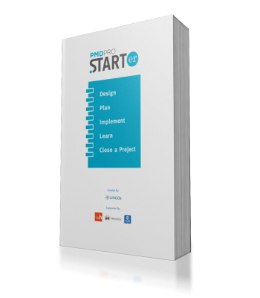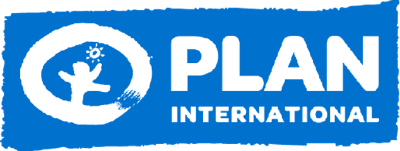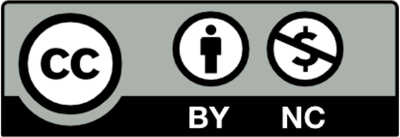Project Charter
I want to plan a project...
by getting authorization to start project activities
This tool will enable you to summarize and share your projects plans and goals in an organized and efficient manner.

WHAT is it?
The Project Charter is a critical document that summarizes all of the important details of your project. You then share it with key decision-makers for sign-off, and once agreed, you have the ‘green light’ to proceed. You can now formally announce the start of your project!
HOW do I use it?
Amira from UNITAS has been assigned to manage the project to reduce waterborne illness in the Delta Region. She is keen to get things moving. On the verge of starting recruitment activities, she talks to an experienced colleague who reminds her that she can’t move forward until her Project Charter has been signed off. Amira blocks out 2-3 hours to do this the following day, and telephones her line manager and the Directors of two partner organizations asking if they can make time to sign off her Charter by the end of the week.
Sign off: Include the key individuals who are responsible for authorizing your project – and who you are accountable to for achieving your deliverables. These are likely to be your line manager, donor(s), and partners.
Plan ahead: Achieving sign-off on your Charter is essential, so make sure that those responsible for authorizing your project are available. It’s better that they set aside time in advance, rather than getting a call from you to give it urgent attention!
Format: Some organizations will have their own Charter templates but as long as you include the following key points, and lay things out in a way that is easy to read and understand, you will be well on the way to achieving your Project’s most important document.
- Project name
- Project sponsor
- Rationale for your project (What is the need that your project will solve?)
- Scope (What are your goals, objectives and measurements of success?)
- Deliverables (What you are planning to achieve?)
- Schedule (What are your start and end dates, key milestones, and timeline?)
- Budget (What are your costs and required resources?)
- People (Who are your key staff and partner organizations? What is your governance structure for decision-making?)
- Assumptions and risks
- Sign off (Who needs to approve this document)
Living document: Projects rarely run according to plan and there may be times, even after the project has started, when changes in approach need to be made. If this is the case, it is important to also update and amend your Charter. And remember – if you make changes to the Charter, this needs to be authorized and signed off again by key decision-makers.
WHEN do I use it?
Communication: Your Charter is a great document for sharing with others (inside and outside your organization), giving them a clear overview of your project goals and intentions, and context for how those goals will be achieved.
Who is involved?
Tips:
Additional Resources

Supported & Developed by:
Shared by:
Users are free to copy/redistribute and adapt/transform
for non-commercial purposes.
© 2022 All rights reserved.




